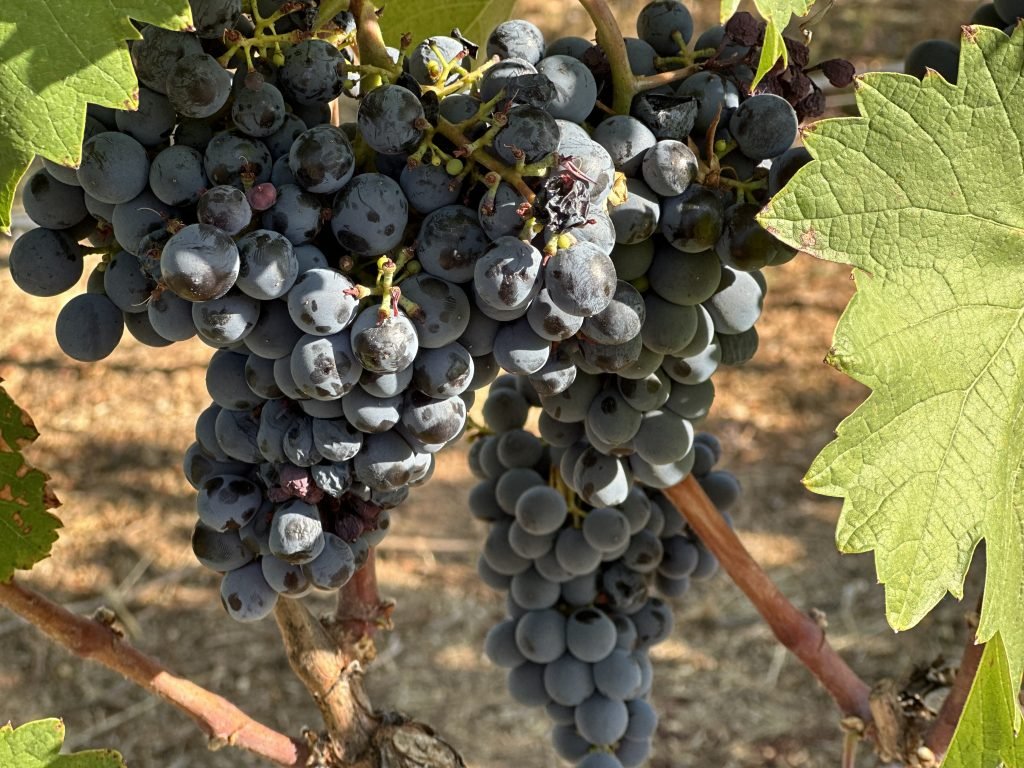Embracing the changing seasons brings a refreshing shift in my state of mind. And now, we’re stepping into a cherished time of the year. Fall, the season that reconnects me with nature, is finally here. As leaves transform into vibrant hues and the bountiful harvest graces our tables, I find solace in this season. The cooler weather allows me to take more walks and hikes, escaping the scorching summer heat. Exploring the serene foothills, I revel in the gentle wind caressing against the trees. It sparks thoughts about nature’s immense benefits for my mental well-being and how we can ensure children have greater access to nature’s wonders.

I invite you to experience the transformative power of nature for children’s play, learning, and development. Connect with the beauty of the natural world to refresh and rejuvenate young minds. Discover how encounters with nature promote adaptability, focus, and relaxation. Indulge in the calming effects of the great outdoors, reducing stress and anxiety while restoring tranquility. Immerse yourself in nature’s healing embrace, unlocking essential physiological benefits like muscle relaxation and improved cardiovascular health.
Bioinspired Spaces
Lately, I have been researching the concept of biophilia. Biophilia is the innate need humans have to be in contact with nature. Biophilia was first introduced as a human personality trait by German Psychologist Erich Fromm (Fromm, 1964) and later by American Biologist E.O. Wilson (1984). Both Fromm and Wilson agreed that biophilia has a biological basis and that it is fundamental to develop harmonious relationships between humans and the biosphere
I invite you to discover the power of biophilic design! By embracing the beauty and strengths of humans and their surroundings, we can create inclusive spaces fostering transformation. This innovative design approach recognizes the impact of nature on our well-being and cognitive function, reducing stress and promoting healing. It’s not just about aesthetics – it’s about creating equitable and inclusive conditions for children with diverse abilities. Biophilia taps into the inherent connection between children and nature, enhancing their play, learning, and development. When building early childhood ecosystems, we can harness the knowledge of biophilia to ensure every child feels engaged, valued, and empowered. Let nature inspire and guide us in creating genuinely inclusive environments for all.
The hustle and bustle of modern life often disconnects us from the natural world. Technology overload and busy schedules leave young minds frazzled and overwhelmed.
Imagine children feeling calmer, clearer, and more focused simply by spending time outdoors. Witness how stress and anxiety slip away as they rediscover the restorative power of nature. Let the living earth reawaken children’s senses.
Help children thrive by making simple nature connections part of everyday life. Experience nature’s healing benefits firsthand by incorporating the three pillars of biophilia into your play ecosystem.
Nature in Space
Introducing natural elements into our surroundings is a simple and cost-effective way to bring the benefits of biophilia into the play ecosystem. Think of potted plants and fish tanks, natural material baskets filled with beautiful items from nature (acorns, pinecones, driftwood, and oak galls), which instantly uplift our mood and evoke positive associations with nature. Additionally, features like views of nature from indoors, ample natural light, and direct access to outdoor spaces such as courtyards, gardens, and roof terraces filled with greenery profoundly impact our overall well-being. Consider the natural places you have visited. What gives you a sense of place? What is it that reminds you that you are where you are? Elements of the local vegetation and topography – rocks and such – used in a space with minimal processing will bring you back to the memories of the places you have visited.

Natural Analogues
Experience the beauty of nature in man-made elements. From artificial plants to preserved moss walls, from representational artwork to architectural patterns, natural analogs bring the essence of nature to life. Discover furniture with organic shapes, building materials that mimic shells and leaves, and the captivating use of woodgrain in interior and exterior decoration. Incorporate texture with different natural materials. Bring natural patterns indoors, such as tiles with images of leaves. Consider the contours, patterns, textures, or numerical arrangements that recur in nature. Arrange the furniture in more natural patterns. For example, half-circle enclosures can create comfort and capture interest. When we have visual associations with organic forms, we experience reduced stress and heightened concentration. Decoration might include painting natural images such as birds or starfish, stone-shaped ottomans, tree stump tables, and benches.

The Nature of the Space
How we design the play ecosystem will impact children’s senses and emotions. Throughout centuries, we have evolved to be connected with nature. Our instinctive attraction towards environments that nurture our growth and beckon us to explore is unparalleled. As you redesign the space, think of the sweeping expanse of a Savannah landscape adorned with lush green pastures and a glistening water source. Remember a Walk around a tranquil lake or a breathtaking sea view. Connect with the mystery of the forest and explore the lights and shadows the trees cast in the space.

As we gain more knowledge and insight into this fascinating subject of biophilic design, we will be better equipped to create happier, healthier, and sustainable early childhood programs built for a brighter future.
Let nature ignite your creativity and inspire you with its breathtaking beauty. Embark on an outdoor adventure and let your wanderlust guide you to discover the wonders of the natural world. Immerse yourself in the calming embrace of nature’s landscapes and let it inspire your next creative endeavor. Explore, discover, and let nature be your muse. Give children the gift of nature.